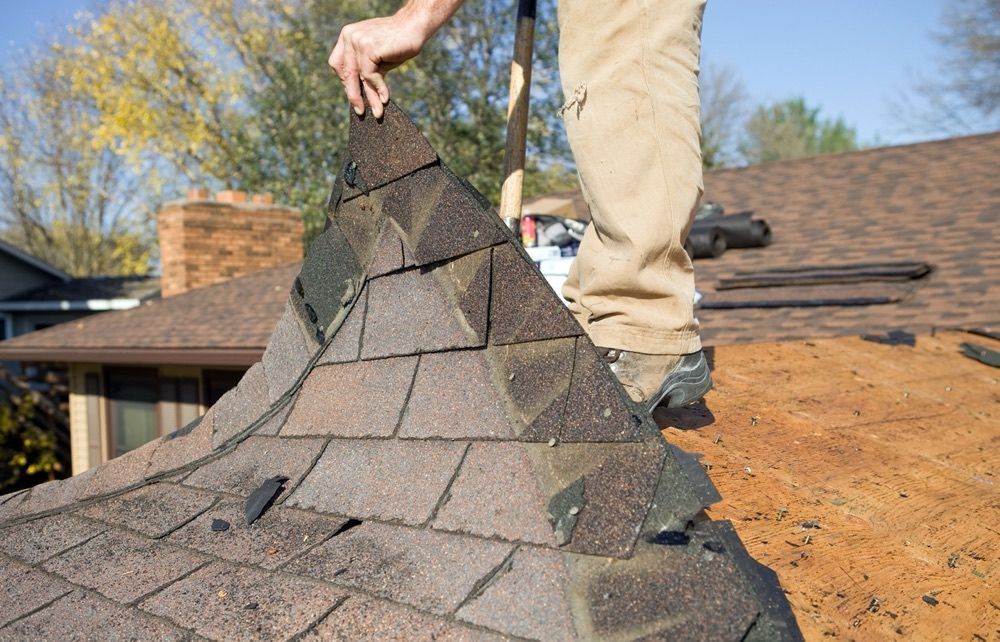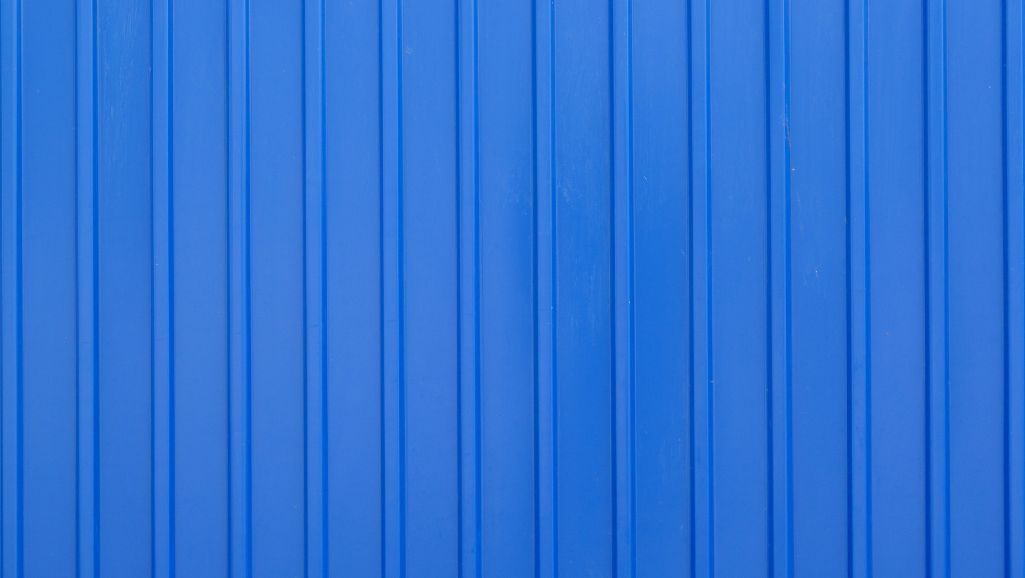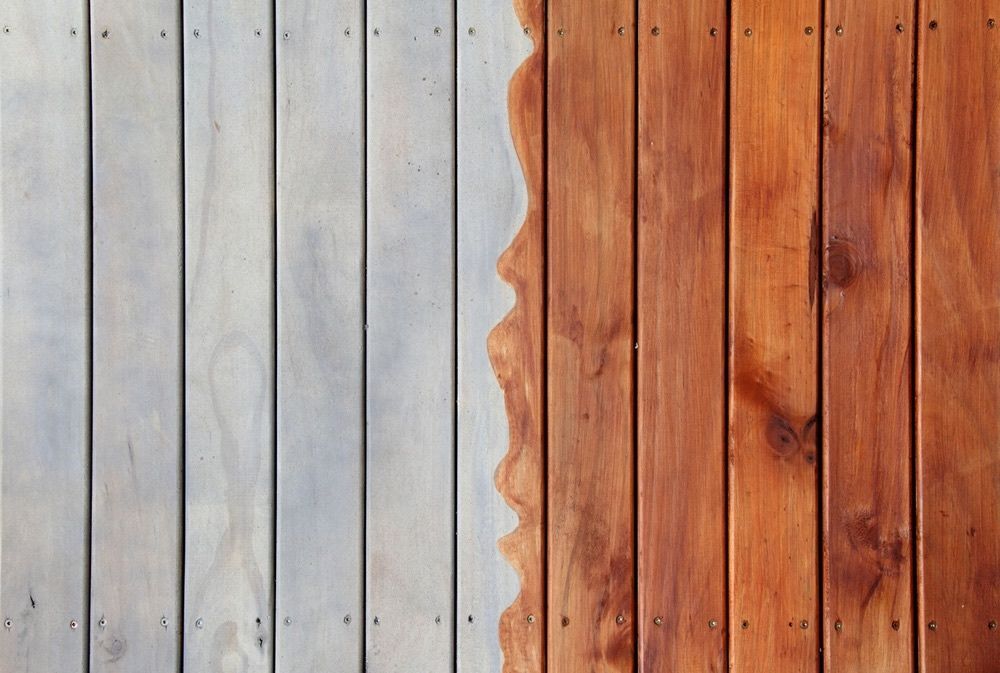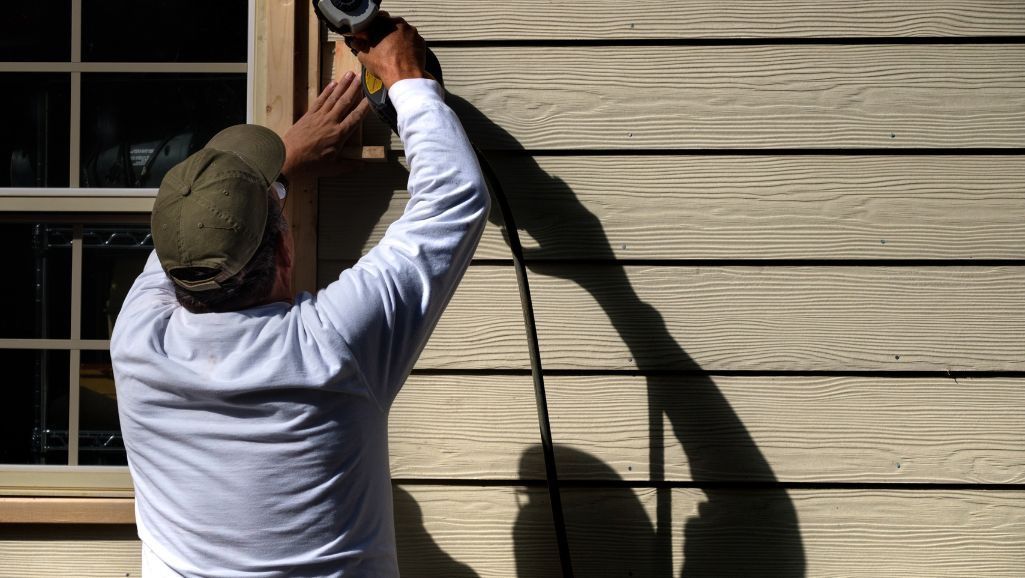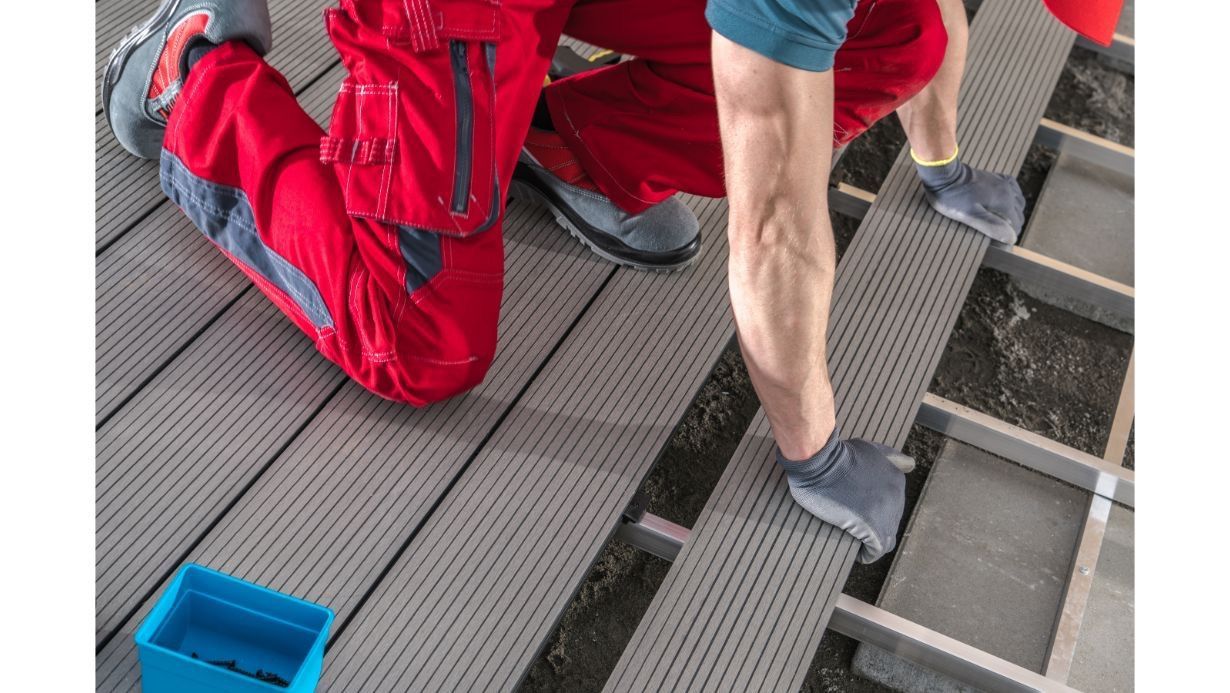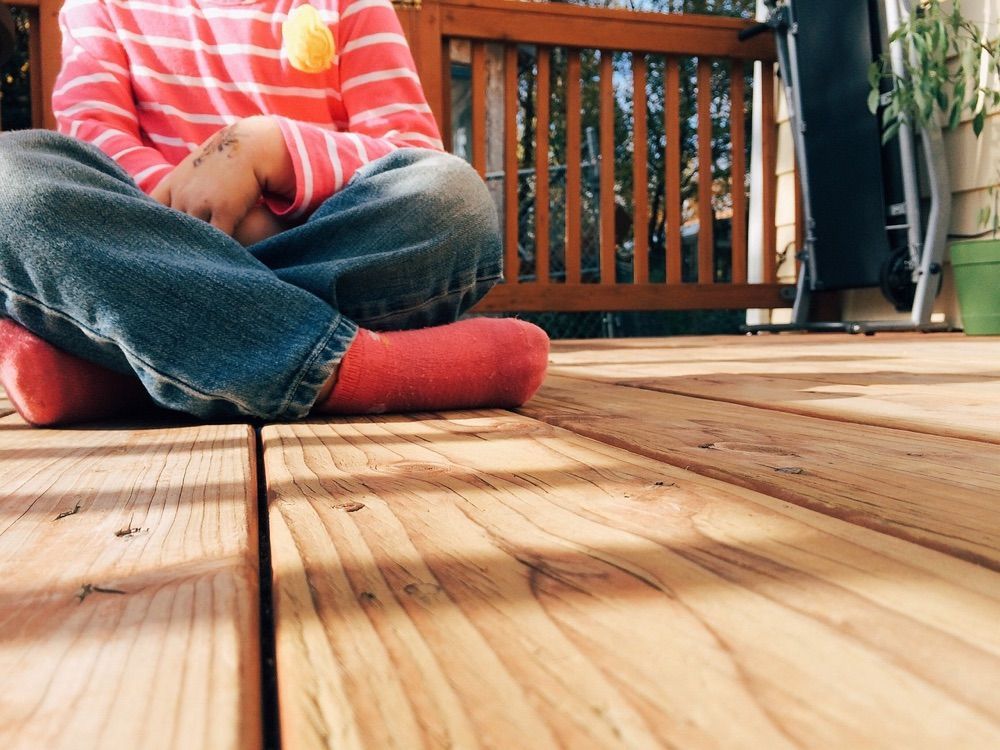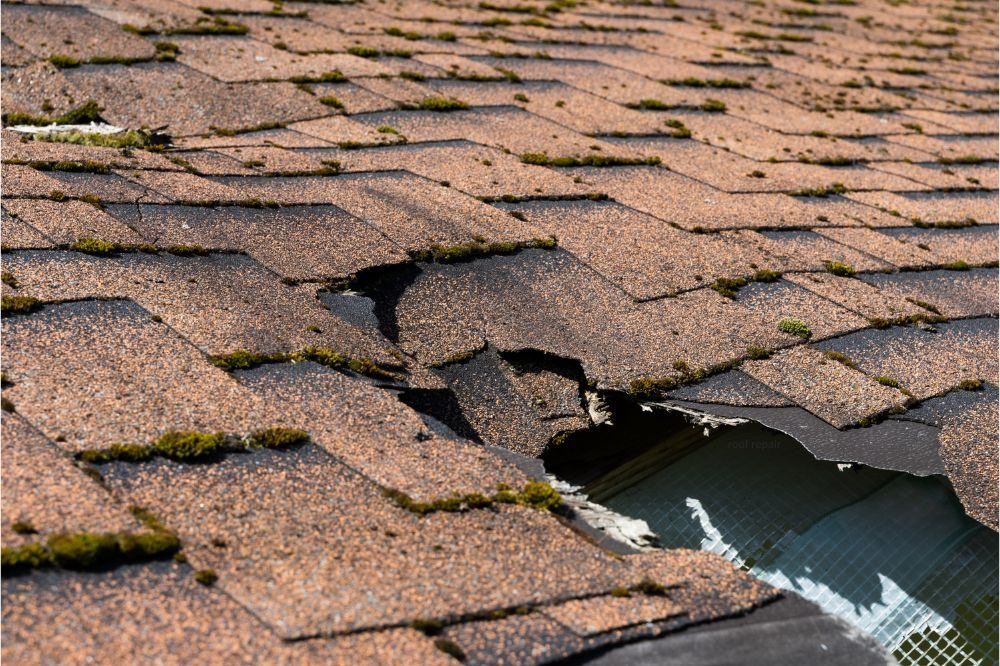Types of Roofing Materials
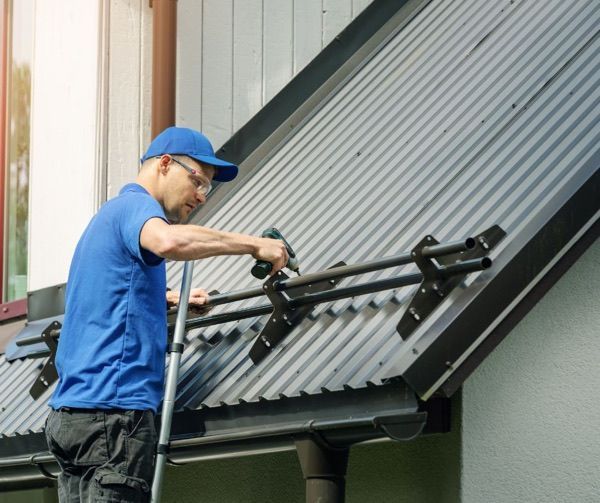
The ideal roofing material is important for your home's longevity and aesthetic appeal. From the affordability of asphalt shingles to the durability of metal roofing, this article examines various options, including tile and wood shakes, to help you make an educated decision tailored to your needs.
Asphalt Shingles: Affordable and Common
Homeowners and roofing professionals often choose asphalt shingles for their versatility and widespread availability. They are composed of a fiberglass or organic base mat coated with asphalt to make it waterproof. The top layer is embedded with mineral granules that provide color, texture, and additional protection against UV rays.
Advantages of Asphalt Shingles
- Cost-Effective: Asphalt shingles are one of the most affordable roofing materials.
- Ease of Installation: They are relatively simple to install.
- Variety: Available in numerous colors, styles, and textures.
- Versatility: They are appropriate for nearly any architectural style.
- Widely Available: Asphalt shingles are readily accessible.
Disadvantages of Asphalt Shingles
- Shorter Lifespan: Typically lasting between 15 to 30 years.
- Maintenance: Asphalt shingles are susceptible to algae, moss, and mildew growth.
- Environmental Impact: Made from petroleum-based products, they are less eco-friendly than other roofing materials.
- Susceptible to Damage: High winds, hail, and extreme temperatures can cause damage.
- Not as Durable: Asphalt shingles can deteriorate faster than durable roofing options like metal or tile.
Metal Roofing: Durable and Long-Lasting
Metal roofing, made from aluminum, steel, copper, or zinc, is sturdy and enduring.
Advantages of Metal Roofing
- Longevity: Metal roofs typically last 40 to 70 years.
- Durability: They are highly resistant to impacts and severe weather conditions and can withstand winds up to 140 miles per hour.
- Energy Efficiency: Metal roofs reflect solar radiant heat, reducing cooling costs by 10-25%.
- Eco-Friendly: Many metal roofing materials are made from recycled content and are 100% recyclable.
- Low Maintenance: They require minimal maintenance, with fewer concerns about algae or moss growth.
Disadvantages of Metal Roofing
- Higher Initial Cost: Metal roofing is more expensive upfront.
- Noise: Metal roofs can be noisy during rain or hailstorms without proper insulation.
- Expansion and Contraction: Metal tends to expand and contract as temperatures change, leading to fasteners' loosening over time.
- Color Match Inconsistency: If repairs are needed, it might be challenging to match the exact color due to the aging and weathering of the original material.
- Complex Installation: Installing a metal roof requires specialized skills and knowledge, which can increase labor costs.
Tile Roofing: Heavy but Elegant
Tile roofing is made from clay, concrete, or slate and is known for its aesthetic appeal and remarkable durability. Although tile is popular in regions with warmer climates, it is versatile enough to be used anywhere.
Advantages of Tile Roofing
- Longevity: Tile roofs can last 50 to 100 years, making them one of the longest-lasting roofing options.
- Durability: Resistant to fire, rot, insect damage, and extreme weather conditions, including high winds and heavy rain.
- Energy Efficiency: Provides excellent thermal properties that help regulate indoor temperatures, reducing heating and cooling costs.
- Aesthetic Appeal: Available in various colors, shapes, and styles, tile roofing can significantly enhance a home's architectural beauty.
- Low Maintenance: Requires minimal upkeep, provided the tiles are correctly installed.
Disadvantages of Tile Roofing
- High Initial Cost: The cost of materials and installation for tile roofing is higher than for other options, such as asphalt shingles.
- Weight: Heavy tiles may require additional structural support, increasing construction costs.
- Fragility: While durable, individual tiles can be brittle and can break if walked on or struck by heavy objects.
- Complex Installation: Installing a tile roof is labor-intensive and requires experienced professionals, adding to the overall cost.
- Limited Color Availability: Although various styles and colors exist, the choices are often less diverse than those of other roofing materials.
Wood Shakes: Natural Look but Requires Maintenance
Wood shakes are made from natural wood, usually cedar, but also available in other types like pine and redwood.
Advantages of Wood Shakes
- Aesthetic Appeal: Wood shakes offer a natural, classic look.
- Insulation: Natural wood provides good insulation properties.
- Durability: Wood shakes can last from 30 to 50 years.
- Eco-Friendly: Wood is a renewable resource.
- Energy Efficiency: Wood's natural cellular structure improves energy efficiency.
Disadvantages of Wood Shakes
- Higher Maintenance: Wood shakes require regular maintenance, including cleaning, staining, and sealing.
- Fire Hazard: Wood shakes are combustible and may not meet local building codes.
- Cost: Wood shakes' initial cost for materials and installation is higher than that of asphalt shingles.
- Susceptibility to Weather: They can be affected by moisture, leading to potential issues like warping, cracking, or splitting.
- Limited Lifespan: While durable, wood shakes do not last as long as metal or tile roofing and can be more susceptible to weather-related wear and tear.
Contact Storms Exteriors for All Your Roofing Needs
Storms Exteriors is committed to providing competitive rates and excellent customer care. Call us at 610-858-1184 or click below to discuss your next roofing project!
